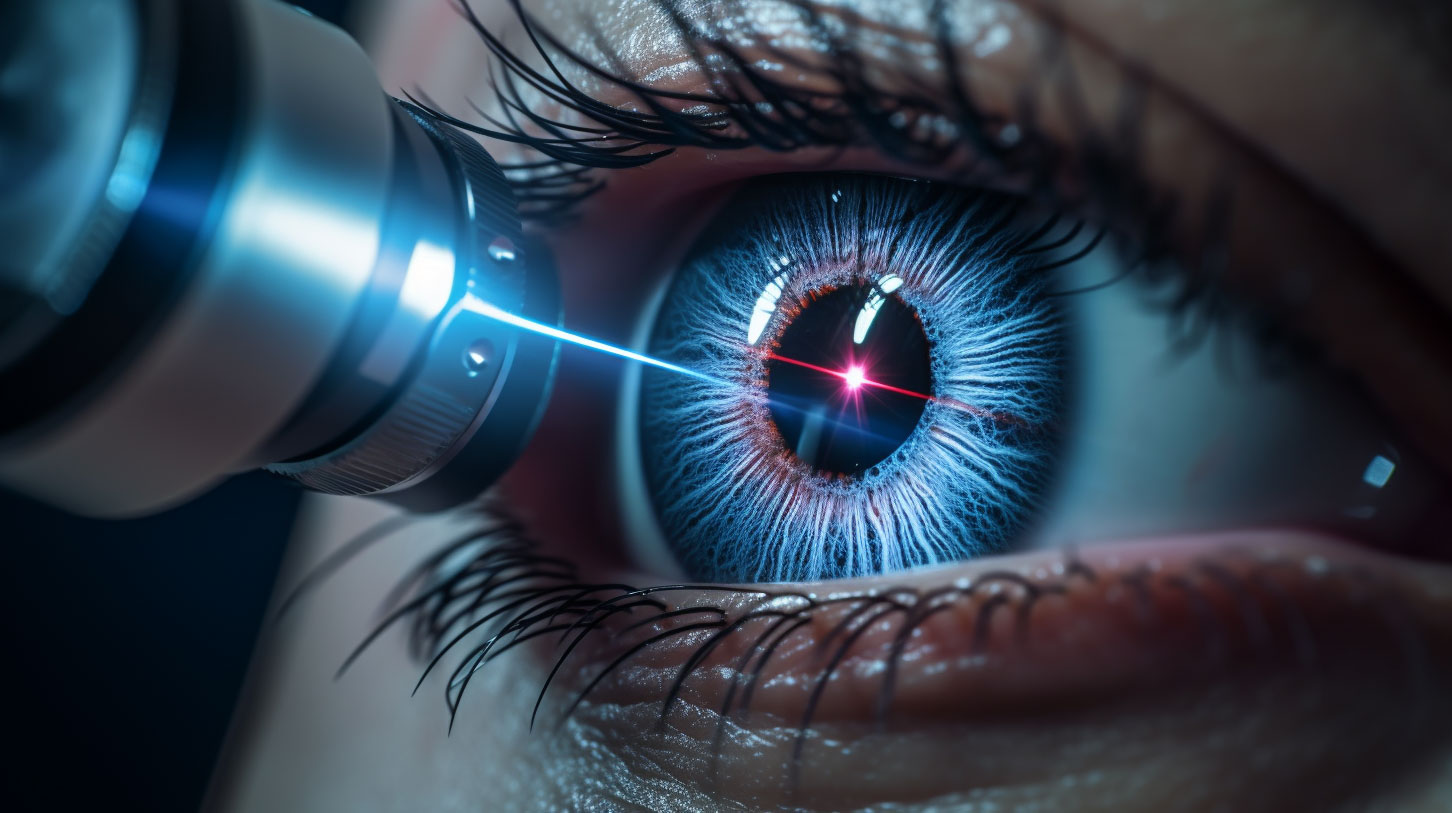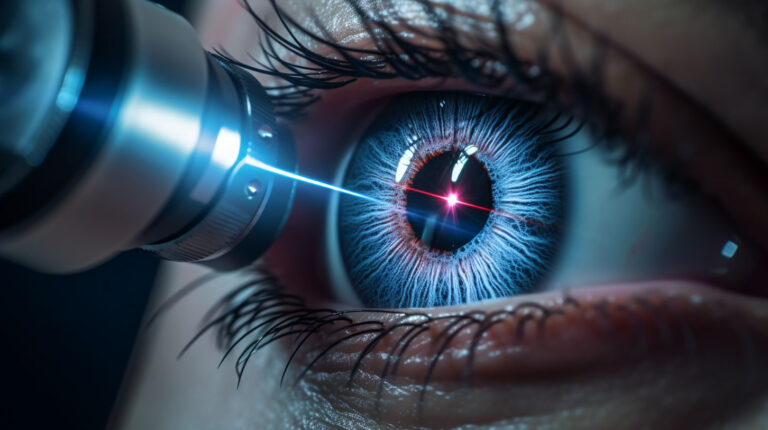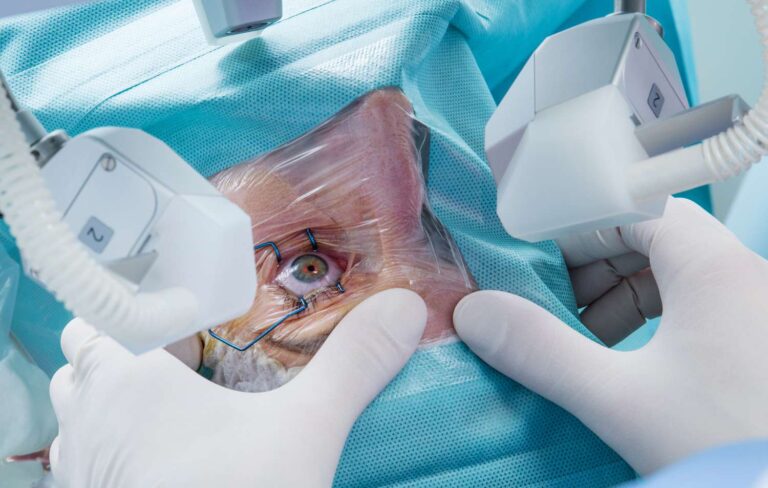Perfect LASIK vs. Other Vision Correction Methods: Which Wins?
If you’ve worn glasses or contacts for years, you’ve probably imagined the joy of waking up and seeing the world clearly—no lenses to clean, no frames slipping down your nose. That dream often leads people to explore perfect LASIK surgery.
But LASIK isn’t the only path to sharper vision. Other options, like PRK and implantable contact lenses, can be just as life-changing depending on your eyes and lifestyle. As someone who’s spent years helping patients find the best solution, I want to walk you through what perfect LASIK surgery involves, how it compares to other treatments, and what you can expect from start to finish.
Step 1: Understanding LASIK
LASIK (Laser-Assisted In Situ Keratomileusis) is a type of refractive surgery that reshapes your cornea—the clear front surface of your eye—so light focuses properly on your retina. This can correct nearsightedness, farsightedness, and astigmatism.
The “perfect” part isn’t just marketing—it’s about achieving the clearest possible vision for your individual eyes. That’s why eligibility is so important. Ideal LASIK candidates have a stable prescription, healthy eyes, and adequate corneal thickness.
Other methods in brief:
- PRK (Photorefractive Keratectomy): Similar to LASIK but without creating a corneal flap, making it better for thinner corneas.
- ICLs (Implantable Contact Lenses): Lenses placed inside the eye for patients with very high prescriptions or corneas unsuited for laser surgery.
Step 2: The Initial Consultation
Your first appointment is about more than “checking your vision.” I’ll measure your cornea’s thickness and shape, evaluate your prescription history, assess tear production, and check for any eye conditions that might affect healing.
See more: Top 5 Laser Eye Surgery Options: Finding the Best Procedure for Clear Vision
This step ensures your chosen method—whether LASIK, PRK, or ICL—will give you the safest, most effective results. It’s also your chance to ask questions and share concerns so we can address them together.
Step 3: Preparing for Surgery
Before perfect LASIK surgery, you’ll need to:
- Stop wearing contact lenses for several days (or weeks for certain lens types) to let your corneas return to their natural shape.
- Avoid eye makeup the day before surgery.
- Arrange transportation home afterward.
The preparation for PRK or ICLs is similar, though your doctor might adjust timelines depending on your specific case.
Step 4: The Day of the Procedure
LASIK is surprisingly quick. You’ll arrive at the clinic, have numbing drops applied, and rest comfortably while the laser reshapes your cornea. Most patients feel only mild pressure for a few seconds. The entire process takes about 15 minutes for both eyes.
PRK follows a similar timeline but without creating the corneal flap, so healing takes longer. ICLs involve placing a tiny lens inside your eye through a small incision—a process that’s also painless thanks to numbing drops.

Step 5: Recovery and Healing
One of the biggest appeals of LASIK is the rapid recovery. Many patients notice significantly clearer vision within 24 hours. Minor dryness, light sensitivity, or halos around lights are normal in the first few days and usually improve quickly.
PRK patients see gradual improvement over several days to weeks, while ICL patients often enjoy near-immediate clarity.
Step 6: Life After Perfect LASIK
This is where the real magic happens. I’ve had patients tear up when they read a clock from across the room for the first time without glasses. Others share how swimming, hiking, or simply watching TV feels effortless.
PRK and ICL patients often describe the same emotional reactions—sometimes with an even greater appreciation because of the extra patience their recovery required.
Common Questions Answered
Does LASIK hurt?
No. You’ll feel mild pressure, but numbing drops prevent pain.
How soon will I see results?
With LASIK, often within 24 hours. PRK can take a week or more. ICL results may be almost immediate.
Is LASIK permanent?
Yes, the reshaping is permanent, though natural aging can still affect your vision over time.
Conclusion
When it comes to perfect LASIK surgery versus other vision correction methods, there’s no universal winner. LASIK offers speed and precision for the right candidates. PRK provides a safe alternative for thinner corneas, and ICLs can open the door to clear vision for people who were once told they weren’t eligible for laser surgery.
The best choice depends on your eyes, your lifestyle, and your long-term goals. My advice? Sit down with a trusted eye doctor, have a thorough evaluation, and explore every option—because your vision deserves nothing less than the perfect fit.







